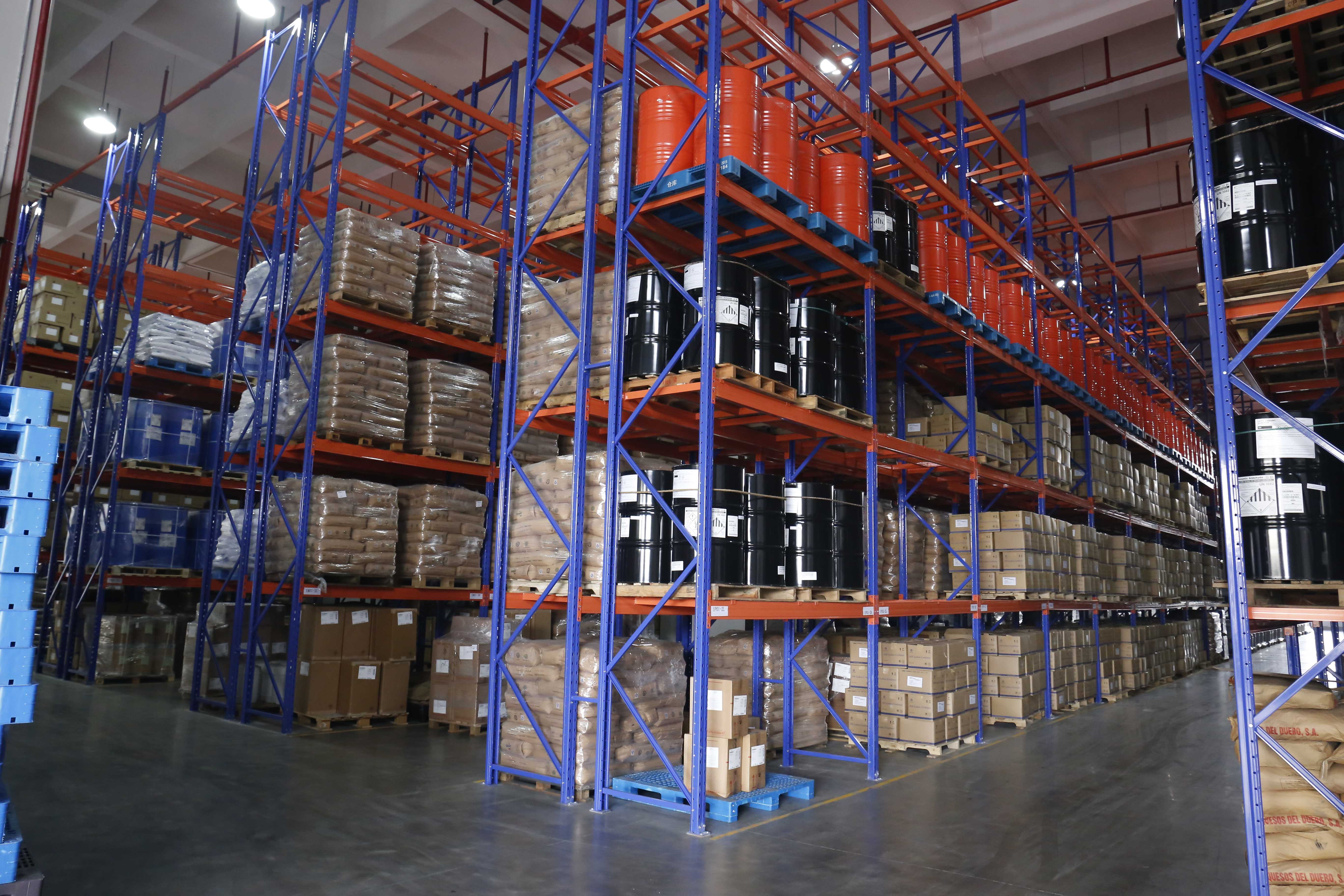The rationality of planning and layout affects storage efficiency

1, the selection of warehouse structure type
The selection of the warehouse structure type is mainly determined according to the functions and tasks of the warehouse, mainly including:
(1) The main function of the warehouse is simple storage or both sorting, circulation processing, distribution and other functions;
(2) the object of storage, the nature, type, quantity, external form and size of the goods stored;
(3) The internal and external environmental requirements of the warehouse mainly refer to the restrictions on temperature and humidity as well as fire and safety requirements:
(4) Economic capacity, the size of investment, requirements for operating costs, etc.
2. Configuration of warehouse facilities and equipment
Determine the configuration of major facilities and devices based on warehouse functions, storage objects, and environment requirements. Such as: shelves, forklifts, stacking machinery, lifting and transportation machinery, inspection instruments, tools, maintenance equipment, computers and auxiliary equipment and other supporting facilities.
3. Confirmation of storage area and parameters
Storage area is an important factor affecting the scale and storage capacity of the warehouse. Storage area, including the total area of the reservoir area and warehouse building area.
(1) Warehouse construction area and various parameters: ① warehouse construction coefficient. ② Warehouse building area. ③ warehouse building plane coefficient.
(2) The main factors to be considered in determining the warehouse area include:
(1) The amount of material reserve, which determines the scale of the required warehouse;
② Average inventory, mainly determines the required warehouse area:
(3) Warehouse throughput, reflecting the actual volume of goods in and out of the warehouse, is proportional to the warehouse area;
④ The number of goods varieties, in the case of a certain total amount of goods, the more the number of goods varieties, the more the cargo space, the larger the transceiver area,
The more warehouse space required;
⑤ warehouse operation mode, mechanized operation must have the corresponding working space;
⑥ Warehouse operation mode, such as the implementation of distribution system needs to have a distribution area, circulation processing needs to have an operation area.
(3) Other technical parameters:
① Warehouse high utilization rate.
② Storage capacity.
③ Effective volume of warehouse.
④ Number of warehouse turnover.
4. Determine the main structure of the warehouse
The main structure of the warehouse includes: foundation, floor, frame, column, wall, roof, floor, ground, window, entrance, eaves, ventilation device, etc.
(1) Warehouse framework. The frame is composed of columns, intermediate columns, etc., and walls. There are columns in the warehouse, which will affect the capacity of the warehouse and the convenience of loading and unloading operations, and should be reduced as much as possible.
(2) Fire prevention. The main structure of the warehouse should be designed as a fireproof structure, and the exterior wall floors, floors, doors and Windows must be fireproof structures, using fire-resistant or non-burning materials, such as concrete and asbestos building materials.
(3) Size of entrance and exit. It is mainly determined by whether the truck is in the warehouse, the type of forklift used, the size, technical parameters, the number of units, the frequency of entering and leaving the warehouse, the size of the stored goods and other factors.
(4) The height of platform (cargo platform). The height and dimension of the floor of the truck car parked on the road plane outside the warehouse shall be flush with the ground inside the warehouse. In this way, the transport vehicle does not enter the warehouse operation, but the use of forklifts for handling operations is very convenient.
5. Warehouse ancillary facilities and equipment
(1) Keep the equipment
When stacking the goods to be kept in the warehouse, the methods usually used are: ground scattered stacking method, flat pallet layering stacking method, frame pallet layering stacking method, shelf loose method, pallet placing method on the shelf, etc. Different storage methods require different storage equipment.
(2) Sorting device, loading, unloading and handling equipment
In many warehouses there are mechanized, electronic cargo sorting Settings, as well as a variety of forklifts, special equipment and tools for mechanized operations. Therefore, the design and layout of the warehouse should be coordinated with the configuration, installation and operation methods of the sorting device, loading and unloading equipment and the required area.

